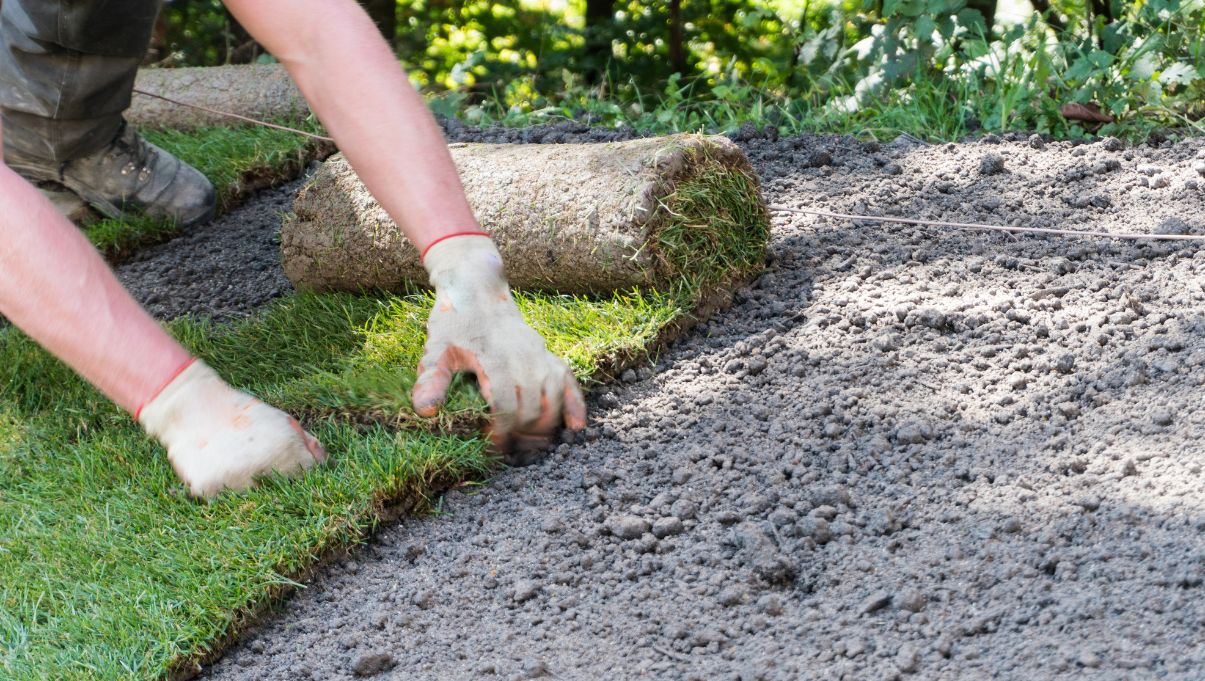Introduction:
Artificial grass is a great option for homeowners who want a beautiful, low-maintenance lawn without the hassle of regular maintenance. Installing artificial grass on soil is a relatively simple process that can be done with just a few tools and a little bit of know-how. In this article, we’ll discuss when to install artificial grass on soil, what tools you’ll need, and step-by-step instructions for installation.
When to Install Artificial Grass on Soil?
The best time to install artificial grass on soil is during the dry season, when the soil is firm and easy to work with. Avoid installing artificial grass during the rainy season, as this can make the soil soft and muddy, making it difficult to properly install the grass.
What You’ll Need:
Before you get started, you’ll need a few essential tools, including:
- Artificial Grass: Choose high-quality artificial grass that is suitable for your climate and intended use.
- Sand or Crushed Stone: This is used as a base layer for the artificial grass, providing stability and drainage.
- Weed Barrier Fabric: This is used to prevent weed growth and ensure a smooth surface for the artificial grass.
- Utility Knife: This is used to cut the artificial grass to fit your space.
- Garden Rake: This is used to level the soil and spread the sand or crushed stone.
- Lawn Roller: This is used to ensure the artificial grass is properly installed and adheres to the sand or crushed stone base.

How to Install Artificial Grass on Soil?
Preparing the Soil
The first step to installing artificial grass is preparing the soil properly. Loosen the soil to a depth of 6 to 8 inches using a garden fork or spade. Rake out any rocks, debris, or roots from the soil. Compact the soil using a hand tamper or lawn roller to create an even surface that is firm and stable.
Installing a Weed Barrier
Put down a layer of weed barrier fabric over the prepared soil. The weed barrier will prevent weeds from growing up through the artificial grass. Unroll the weed barrier, overlapping the seams by at least 6 inches and securing them with duct tape. Cut holes in the weed barrier for any sprinkler heads and trim it to fit flush against edges.
Filling Low Spots
Fill in any low spots or depressions in the soil using sand and tamp it firmly in place. Low spots can cause the artificial grass to mound up or form gaps. Filling them in will ensure the artificial grass lays flat.
Adding a Base Layer
Spread a layer of 3/4 inch crushed rock about 2 to 4 inches thick over the entire area to form a base layer. The crushed rock will improve drainage and provide a stable base for the grass. Rake the crushed rock smooth and level it out.
Installing Grass Edging
Install plastic, aluminum or wooden edging around the perimeter to contain the artificial grass and base materials. Hammer the stakes into the ground at least 12 inches deep spaced about 2 feet apart. Attach the edging to the stakes and make cuts with tin snips as needed at corners.
Laying Down the Artificial Grass
Unroll the artificial grass over the prepared base layer and align it as desired, cutting it to fit around any obstacles. Adjacent pieces should overlap by 3 to 4 inches. Brush or rake the fibers to fluff up the pile and hide seams. Trim the artificial grass flush along edges using shears or a utility knife.

Filling Seams
Pour rubber infill or other seam filler into any seams or gaps between adjacent sections of artificial grass. Rubber infill helps stabilize the grass and hide seams. Use your hands to work the infill into the seams and gaps.
Adding Infill Material
Evenly spread rubber infill or sand over the entire surface of artificial grass. Rubber infill helps weigh down the grass to keep it in place. Use a spreader, wheelbarrow, or your hands to spread the infill material. Then use a rake or broom to level it out and work it down into the grass fibers.
Applying a Sealant
Apply a UV-resistant sealant to the seams and edges of the artificial grass with a paintbrush. The sealant will help secure the seams while protecting them from UV rays that can cause the seams to deteriorate over time. Allow the sealant to fully dry before use.
Tips for Installing Artificial Grass on Soil:
- Choose high-quality artificial grass that is suitable for your climate and intended use.
- Install artificial grass during the dry season, when the soil is firm and easy to work with.
- Use a weed barrier fabric to prevent weed growth and ensure a smooth surface for the artificial grass.
- Be sure to leave a few inches of excess artificial grass on each side to allow for trimming to fit your space.
- Spread infill material, such as sand or rubber granules, over the artificial grass to provide weight and stability and help the fibers stand up.
Conclusion
Installing artificial grass on soil is a great way to create a beautiful, low-maintenance lawn that requires no regular upkeep. By following these step-by-step instructions and helpful tips, you’ll be able to install artificial grass like a pro and enjoy a beautiful, lush lawn all year round. Remember to choose high-quality artificial grass, install during the dry season, and use a weed barrier fabric to ensure a smooth surface for the artificial grass. With these tips, you’ll be well on your way to a beautiful, low-maintenance lawn that will last for years to come.


+ There are no comments
Add yours